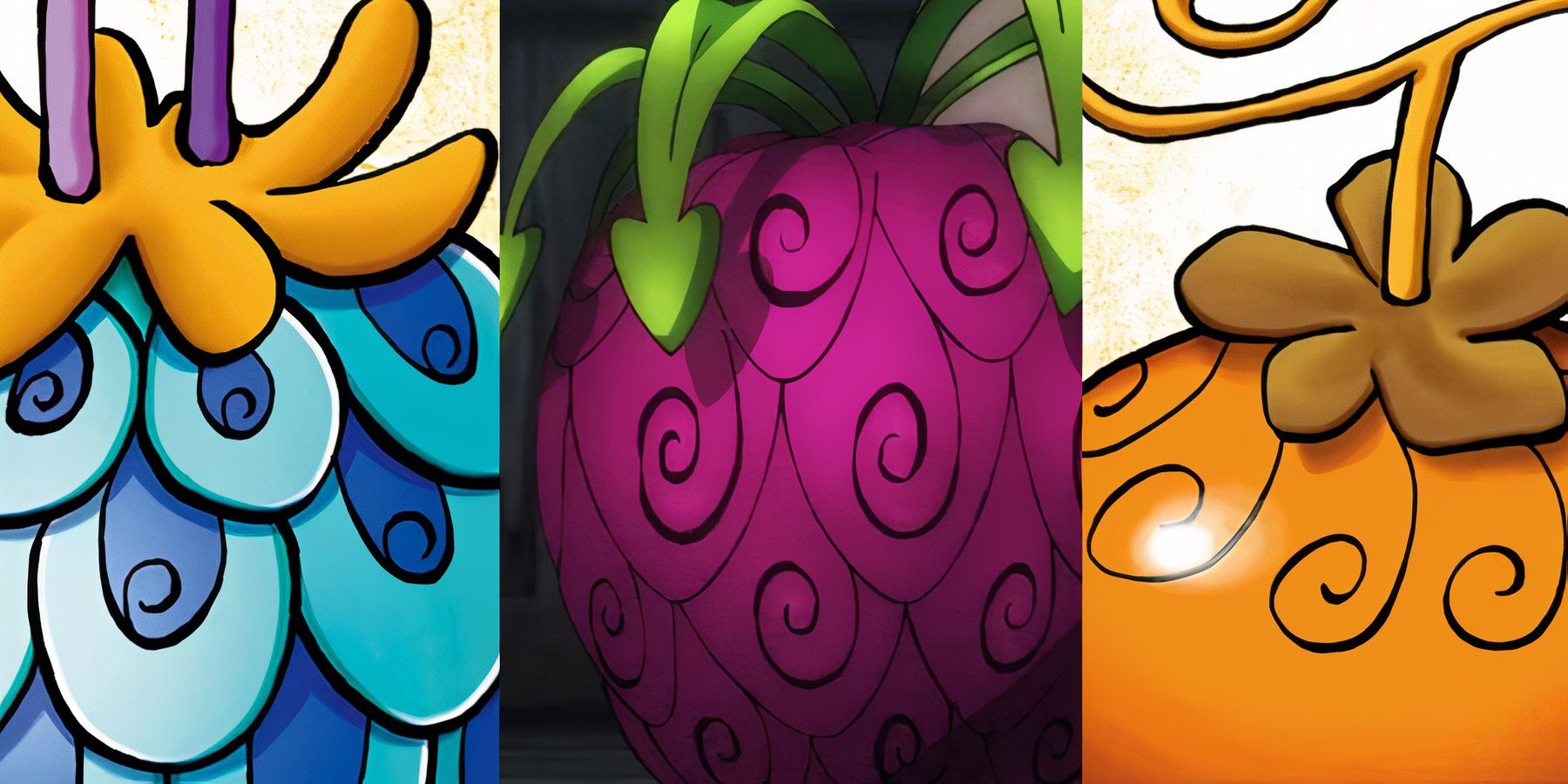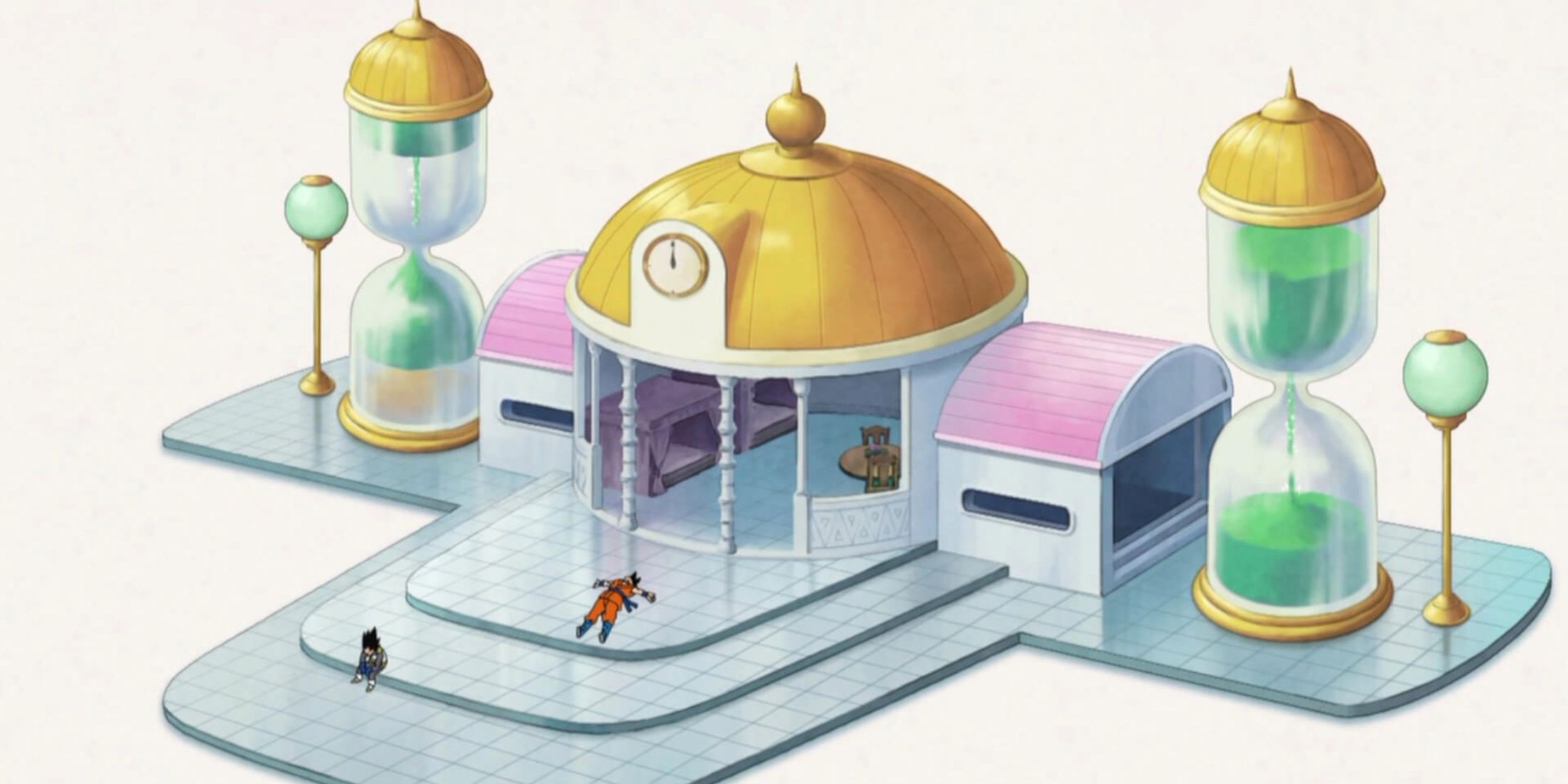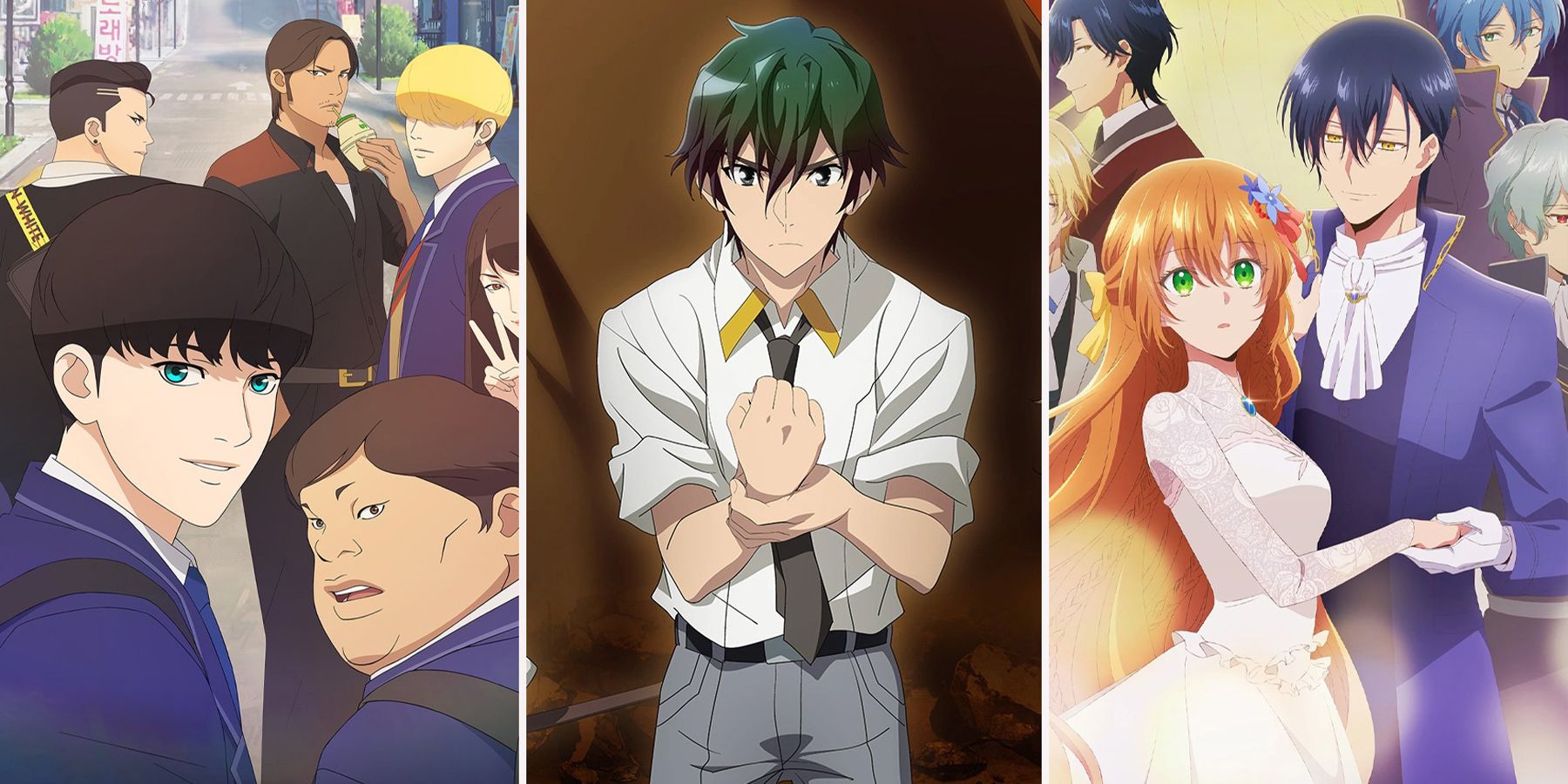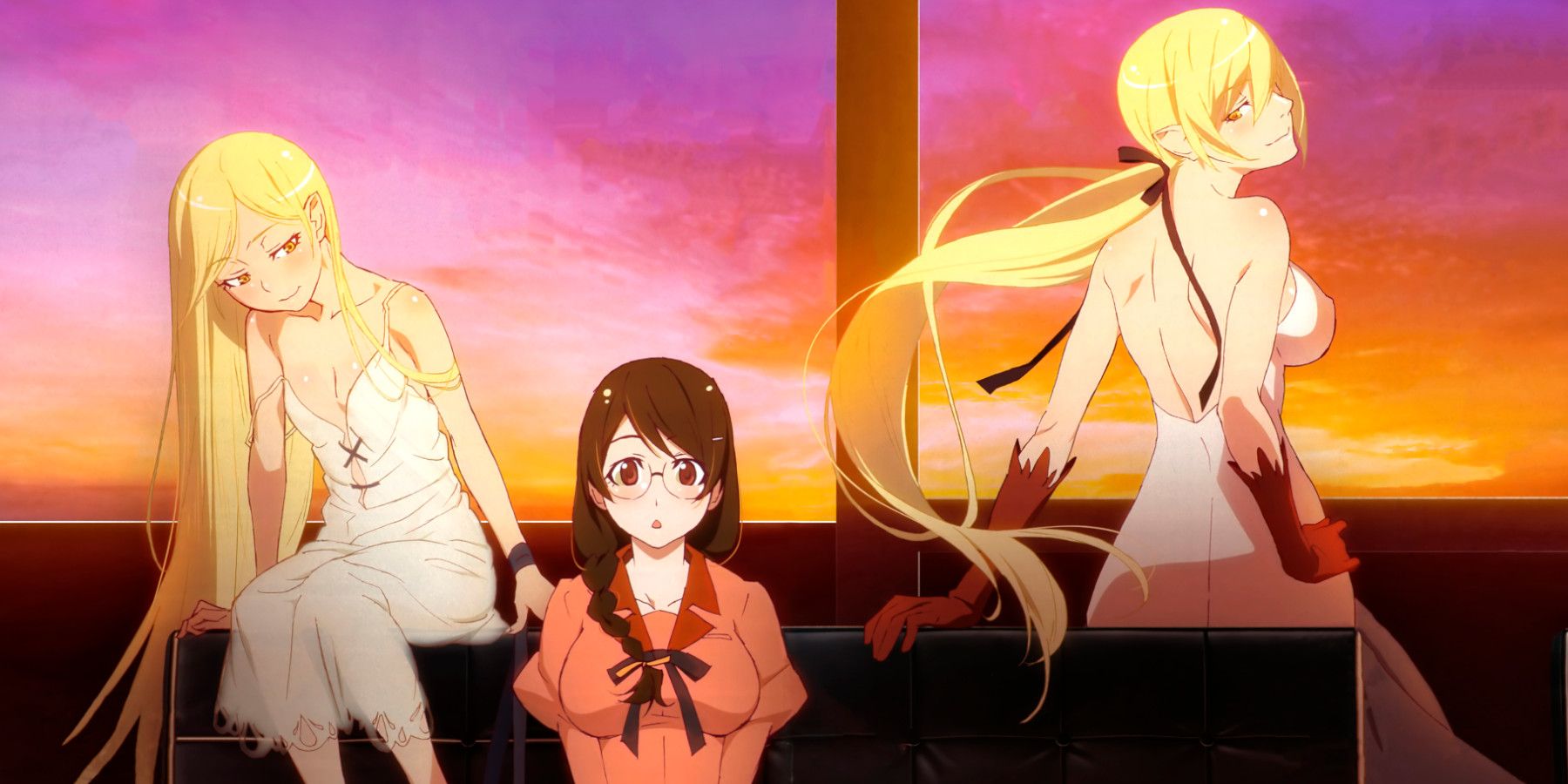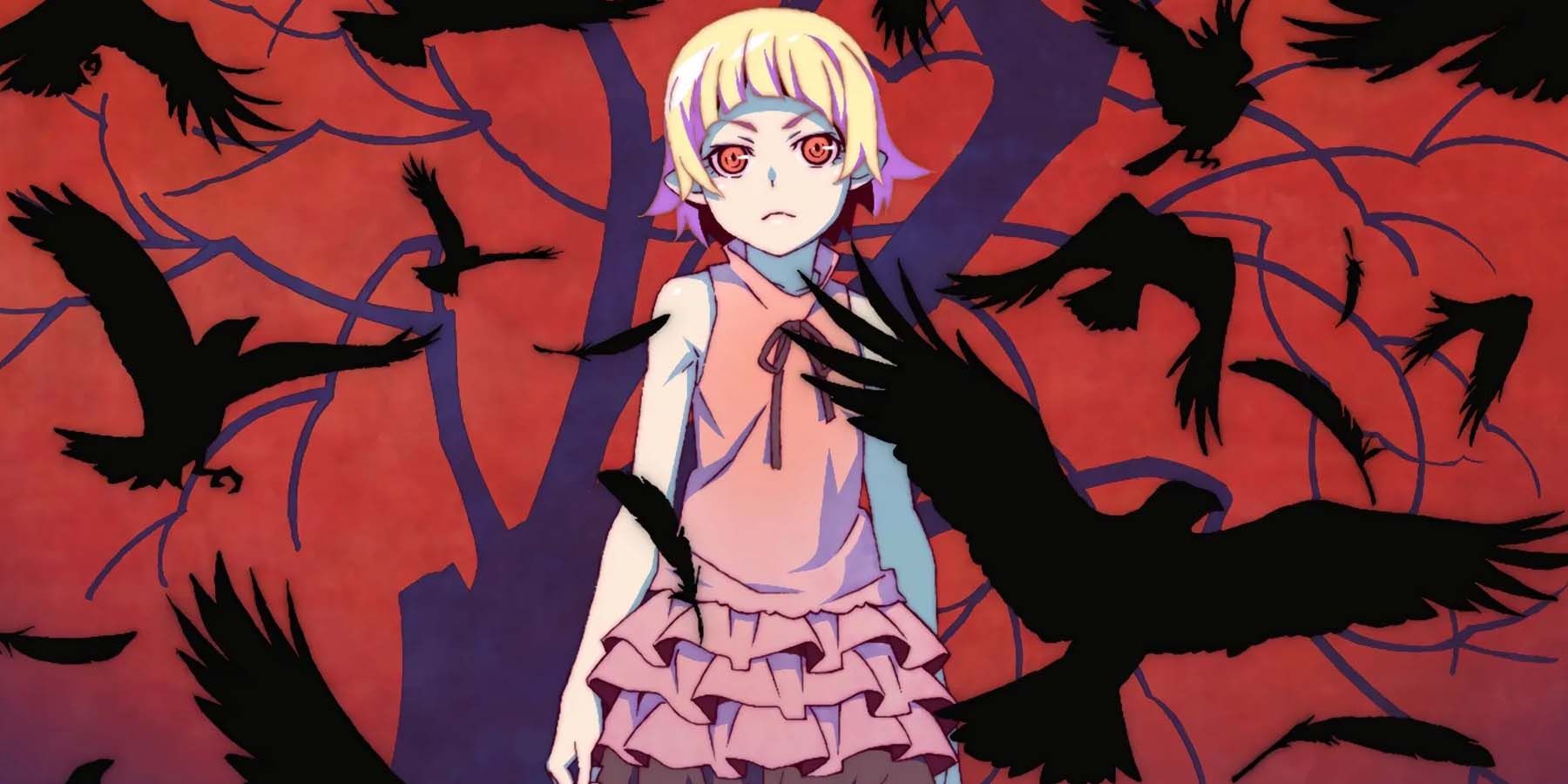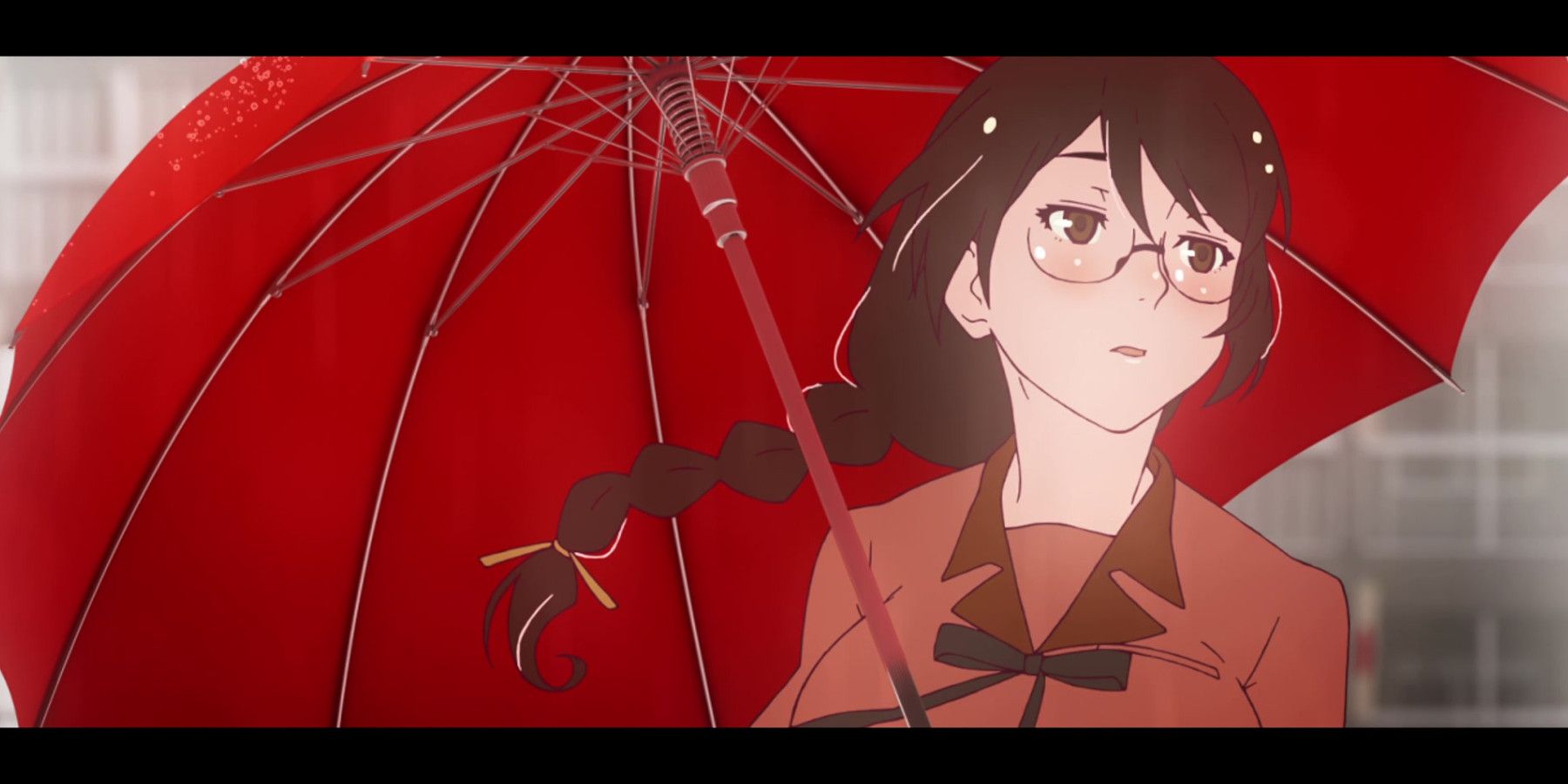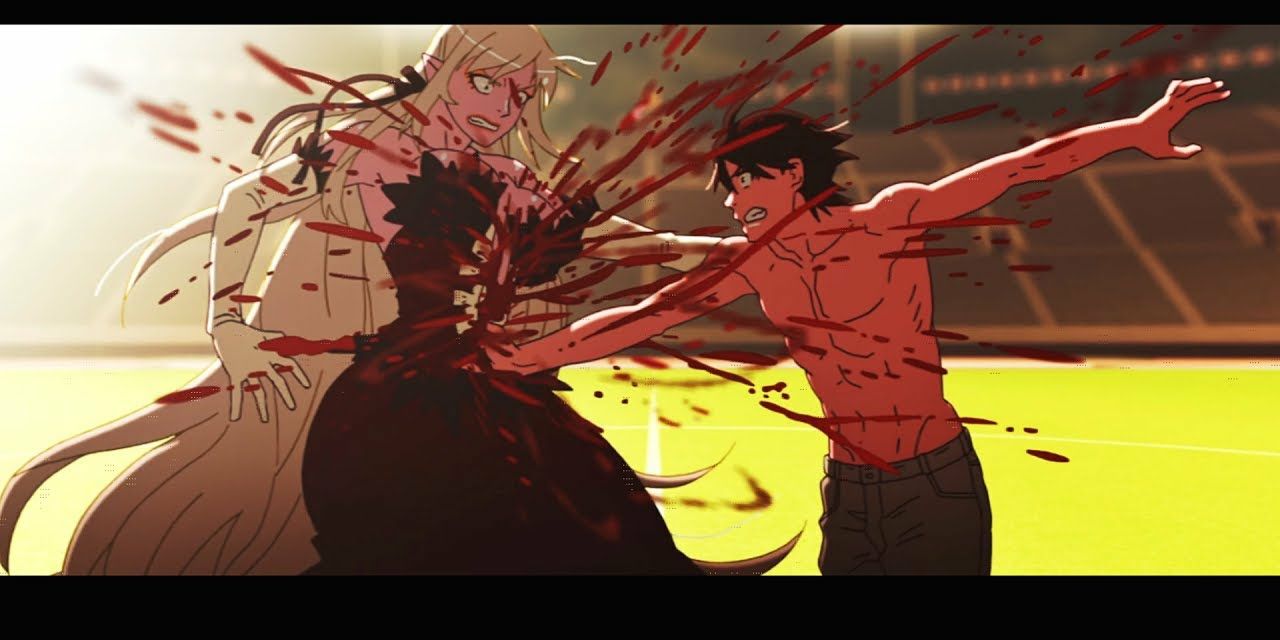The Monogatari series is no doubt one of Studio Shaft's biggest successes, up there with Madoka Magica with regard to its acclaim and the craftsmanship, of which the two share core creative leads. However, Kizumonogatari, the film trilogy chronicling the tragic origins of the Monogatari series, is a unique case within this beloved tent pole of contemporary anime. Originally announced in 2010, hot off the heels of Bakemonogatari's huge success, Kizumonogatari was effectively in a state of stasis until it finally released its first film in 2016. By then, the series had already continued to adapt the novels and had even reached the beginning of its ending before these films came out.
In the end, the long production wasn't much of a detriment, as the series was known to jump around its own chronology, rarely telling a new story that took place after the previous one. In fact, the trilogy was nonetheless praised for its gorgeous translation of the Monogatari "feel" to the big screen. But just because it's the beginning, does that mean it's a suitable introduction?
"I Think It's About Time..."
Kizumonogatari's novel was the third volume of Monogatari Series: First Season, directly following Bakemonogatari and preceding Nisemonogatari. However, the anime took a different route adapting the beloved series, adapting Bakemonogatari first, but then pivoting to Nisemonogatari and adapting the series more or less in a similar order as the books.
It's especially interesting as Kizumonogatari was announced so early on in the franchise's prominence within the anime community. However, with the benefit of hindsight, that may very well have been an unintentional blessing upon this adaptive endeavor. Kizumonogatari might have missed the chance to get adapted in the order in which its book appeared, but it was the perfect story to reflect on the series as a whole.
In 2017, the same year that the trilogy ended, Owarimonogatari began its second season, and while there were a few more stories, fans were ready to close the book on this beloved series. So for Kizumonogatari to exist when it did is almost more significant, both for what it meant as a sendoff, and what it signifies as an aesthetic and cultural high-mark for the franchise as a whole.
I think it's about time I talked about Kiss-Shot-Acerola-Orion Heart-Under-Blade. I believe it's something I have to do...
- Kizumonogatari
La Trilogie de la Tragédie
The films follow Koyomi Araragi, a loner who avoids making connections with others out of fear that it will weaken him by making him concerned for others. His philosophy is directly challenged when he meets Tsubasa Hanekawa and becomes quite smitten with her, despite his apprehension toward friendship.
Before he can cherish this new friendship, however, he has a chance encounter with Kiss-Shot-Acerola-Orion-Heart-Under-Blade, a limbless vampire on the brink of death. Despite initially running away in fear, Koyomi decides to give his life to save hers, but after she drinks his blood, he suddenly wakes up, alive. Turns out, his blood wasn't enough to get her back to full life.
Now, he is half-vampire, and Kiss-Shot is in a weakened state, in the form of a young girl. She needs him to fight the Vampire Hunters that wounded her to retrieve her limbs, so she can make him human again. So begins the tale of wounds that sets Monogatari in motion: a tragedy that left everyone miserable. This is how the novel describes itself in the opening, and likewise in the film, albeit in French.
The Highs & Lows of Kizumonogatari
Monogatari's anime has always had a mesmeric quality to it that has been attributed to the influence of the French New Wave, and more simply the unique stylings of its directors. The use of flat color slides between frames, the avant-garde imagery, the striking poses, and the relentless grasp on the audience's attention have made the series what it is.
But Kizumonogatari embraces the New Wave influences like never before and raises the bar for its visuals, setting it apart while maintaining the same soul. And that feat is so much more impressive considering how different the film and the TV series are in terms of what mechanics they rely on to tell their stories. Monogatari is extremely heavy on dialog and banter to move its plot along and shift the stakes of its story. It's not a franchise where the payoff comes in the form of a fight or any traditionally climactic plot event. This is true of the film, but the internal narration that is synonymous with the series is mostly absent.
And this isn't even an issue with the films, to be quite blunt. In fact, Kizumonogatari's early brilliance is thanks to bold adaptive changes to the source material, namely in the sequence where Koyomi meets Kiss-Shot. It's gorgeous, draws the viewer in, and not a word is said internally or externally. Yet fans of the series wouldn't deny it's unquestionably Monogatari. Apart from the omission of details that might have fleshed out some of the antagonists, Kizumonogatari might be one of the most stunning anime out there. While it definitely could have just been one three-and-a-half-hour film instead of split into three separate films of an hour or so length, it's quite immaculate. The biggest potential issue is that of expectation.
Monogatari is not a conventionally exciting franchise like other anime of its acclaim. While its merits are easily recognized, it is not for everyone, either because of its sexual content, pacing, or just the wordiness of it all. When there is action, it tends to be Araragi getting beaten up or a rare physical exchange that is so memorable because it is rare. Kizumonogatari's entire second film is about Koyomi participating in three battles against Vampire Hunters, and there is more action in that film than in the bulk of the TV series. Similarly, the final confrontation of the third film is a hilarious battle between the two superpowered vampire leads and that's just the prelude to a much more traditional conclusion for the franchise.
And that last point is significant because as the trilogy progresses, the films slowly begin to feel more and more akin to the storytelling of the TV series. There's even more internal monologuing from Koyomi and an artful flashback segment narrated by Kiss-Shot. Even the way that the story ends, on a bittersweet note, feels perfectly in line with the franchise. So there are two ways to view Kizumonogatari as an introduction to the series. On one hand, it might lead newcomers to have very different expectations for the series proper, especially the pacing. Additionally, while the TV series is beautiful, some may see it as a step-down in comparison.
On the other hand, Kizumonogatari's trilogy is a total realization of Monogatari's artistic intent that fits perfectly with the medium of film, in contrast to TV which the rest of the series calls home. Furthermore, it appears to evolve as the films go on, mirroring the qualities that define the overarching story more. Perhaps the show is longer and occasionally slower, but one who finds enjoyment in the film surely might find similar joy in the series. In the end, it's up to the viewer where to start watching Monogatari, but wherever that adventure begins or ends, Kizumonogatari is still a must-watch for lovers of the pretty, the strange, and sensational.
